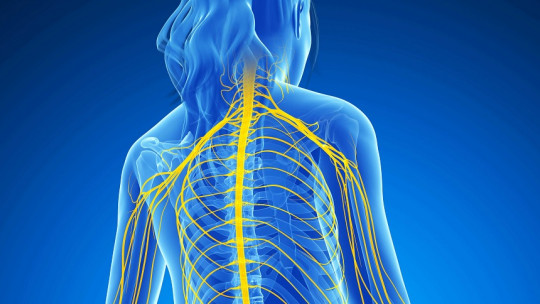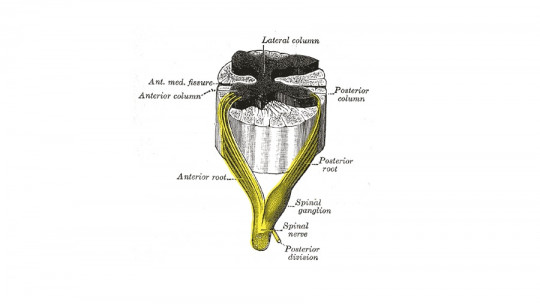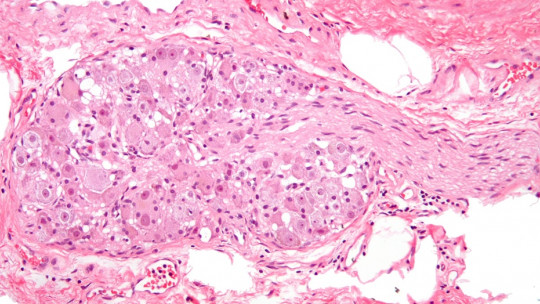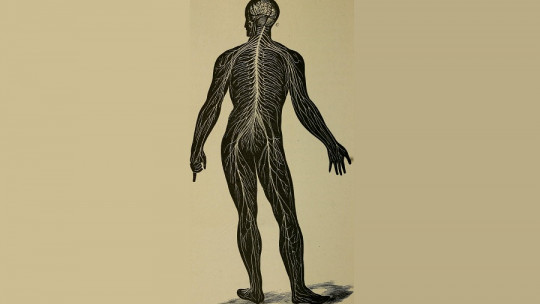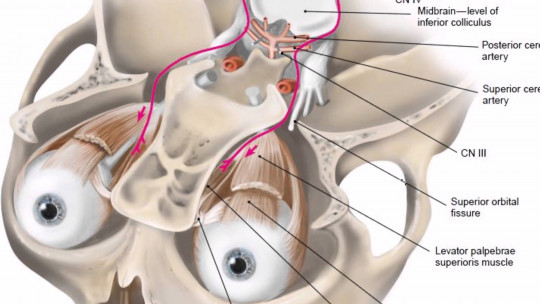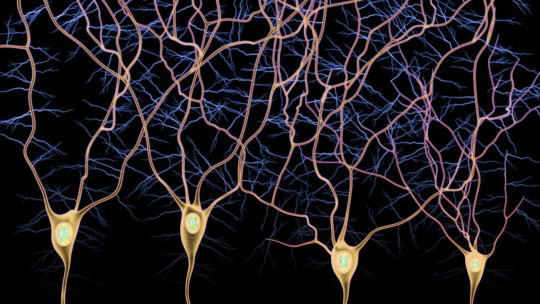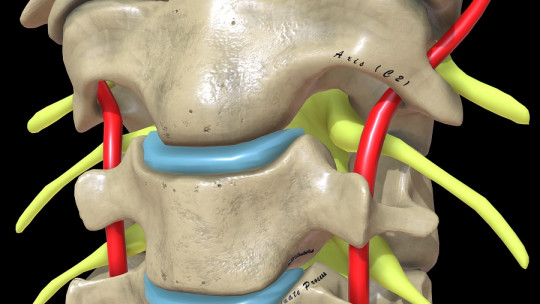
The spinal cord is a long, fragile tubular structure that begins at the end of the brain stem and continues until it reaches almost the final segment of the spinal column. Its main function is to transmit signals and orders that are created in the brain to the trunk, neck and 4 extremities (efferent function) and in turn collect all the sensations and perceptions registered throughout the body and send them to the brain (afferent function)..
Understanding life without a spinal cord is really complex, and proof of this is the patients with injuries in some section of this fragile but essential structure. Depending on where the trauma occurs, from the legs to the entire body they may experience a total (complete) or partial (incomplete) loss of sensation and motor ability below the neurological level of the injury.
Without a doubt, we could define the spinal cord as the transmission center for all information in the body. It is a neurological highway, whose job is to emit and receive signals to each and every part of our body with a specific physiological objective. To achieve this task, the spinal cord is not alone: It has 31 pairs of spinal nerves whose function is to innervate the entire body plane (except the head) Here we tell you the most relevant information about them.
What are the spinal nerves?
As we have suggested in previous lines, the spinal nerves or spinal nerves are those that extend from the spinal cord and cross the vertebral muscles to distribute to all areas of the body
The skeletal muscles of our body are innervated by both motor and sensory nerves, whose function is to collect and transmit information to the central nervous system (CNS), from where an effector response is generated. This muscle group comprises more than 600 muscles that can move at will, and together they comprise the muscular system. The smooth and cardiac muscles are outside this motor conglomerate, since the movements they make are not conscious and occur “automatically.”
So that, The spinal nerves are directly related to this muscular portion, so that the movements and development of the human being are possible in a three-dimensional environment It should be noted that each of these nerves emerges through the spaces of the vertebrae in the form of 2 short branches, called spinal nerve roots. We will tell you its particularities quickly.
1. Motor nerve root
This root, located in the anterior part of the spinal cord, It is responsible for transmitting impulses from the spinal cord to the skeletal muscles to promote their contraction and, therefore, the production of movement
Radiculopathies (injuries or damage to one or more nerves and their roots) usually cause a characteristic weakening of the muscles innervated by the affected motor root. These become weak, atrophic, flaccid and with fasciculations.
2. Sensory nerve root
On the other hand, the sensory root enters through the posterior part of the spinal cord. The nerve fibers that make it up carry sensory information, which will ultimately be interpreted by the brain Examples of this information are the position of the body, the degree of luminosity, touch, environmental temperature and pain when suffering an injury, among many other exogenous and endogenous parameters.
Therefore, damage to the sensory nerve roots results in a lack of sensitivity in the areas innervated by the injured nerves. Due to this “double” composition of the spinal nerves, it is stated that they fulfill a mixed function: they send and collect information equally.
The 31 pairs of spinal nerves
Yes, you read it right. 31 pairs of spinal nerves emerge from the spinal cord and innervate practically the entire body, except for the head and certain sections of the neck Head work is relegated to the cranial nerves, which are 12 nerve pairs whose function is to connect the brain with the eyes, ears, nose, throat and various parts of the head and neck.
Next, we present the functionality of all the spinal nerves by blocks, since these are divided based on the structures they innervate. Go for it.
1. Cervical nerves (C1-C8)
They are the nerves of the first 7 cervical vertebrae. They arise from the spinal cord, emerge through the conjunction foramina of the vertebral column and are distributed through specific sensory and motor areas
The cervical nerves innervate the sternohyoid, sternothyroid, and omohyoid muscles. In general, these muscle groups can be defined as fleshy ribbons that extend from the sternum/shoulder blade to certain parts of the neck. As a curious fact, it should be noted that the first cervical nerves lack posterior roots in 50% of people.
2. Thoracic nerves (T1-T12)
There are a total of 12 spinal nerves that emerge from the thoracic vertebrae Almost all of them are located between the ribs (intercostals), with the twelfth located under the last rib (subcostal nerve). For their part, the intercostal nerve endings are distributed along the walls of the thorax and abdomen.
These thoracic nerves participate in the functions of the organs and glands of the head, neck, thorax and abdomen. They are responsible for the innervation of the mammary glands, the chest wall, the abdominal wall and the pelvis. Due to their importance at the nervous level, these spinal nerves are the therapeutic targets of choice for many treatments that aim to manage patients’ chronic pain.
3. Lumbar nerves (L1-L5)
There are 5 spinal nerves that arise from the lumbar vertebrae. They are divided into 2 compartmentalized sections, anterior and posterior. These nervous elements emerge from the spine through the conjunction foramina In any case, these nerves should not be conceived as a series of isolated entities: the first 3 and most of the fourth are connected to each other in this situation by anastomotic ties, forming the lumbar plexus.
Thus, the lumbar plexus is established between the anterior branches of the L1 and L4 spinal nerves. On the other hand, the smallest part of the fourth nerve joins with the fifth to form the lumbosacral trunk, which participates in the formation of the sacral plexus.
4. Sacral nerves (S1-S5)
They are the 5 spinal nerves that emerge from the sacrum bone (bone found below the L5 lumbar vertebra and above the coccyx) and constitute the lowest segment of the spinal cord Although the vertebral components of the sacrum are fused to form a single bony entity, each of these nerves is named after the vertebra to which it is associated.
These nerves divide into branches, but many of them end up joining each other, and also to the lumbar and coccygeal plexuses. As we have said previously, this series of interconnections form plexuses, specifically the sacral and lumbosacral. Branches of these plexuses innervate the hip, thigh, leg, and foot.
5. Coccygeal nerve
The coccygeal nerve is the last of the spinal nerves, that is, number 31. Arises in the conus medullaris helps form the coccygeal plexus and innervates the sacrococcygeal joint and a part of the levator ani.
8 cervical nerves + 12 thoracic nerves + 5 lumbar nerves + 5 sacral nerves + 1 coccygeal nerve: 31 spinal nerves.
Summary
In this space, we have covered the general characteristics of the 31 spinal nerves that run throughout our body, except for the head and certain parts of the neck. Its function is to emit information from the brain and allow muscle contraction (motor work) and, in turn, receive all the essential information provided by the extremities and innervated areas (sensitive work).
Thanks to these spinal and cephalic nerve pairs, human beings are able to function in a three-dimensional environment, being aware of our own internal state and what surrounds us in the environment. After reading these lines, a clear concept becomes clear to us: without our nerve endings, human beings are nothing.

